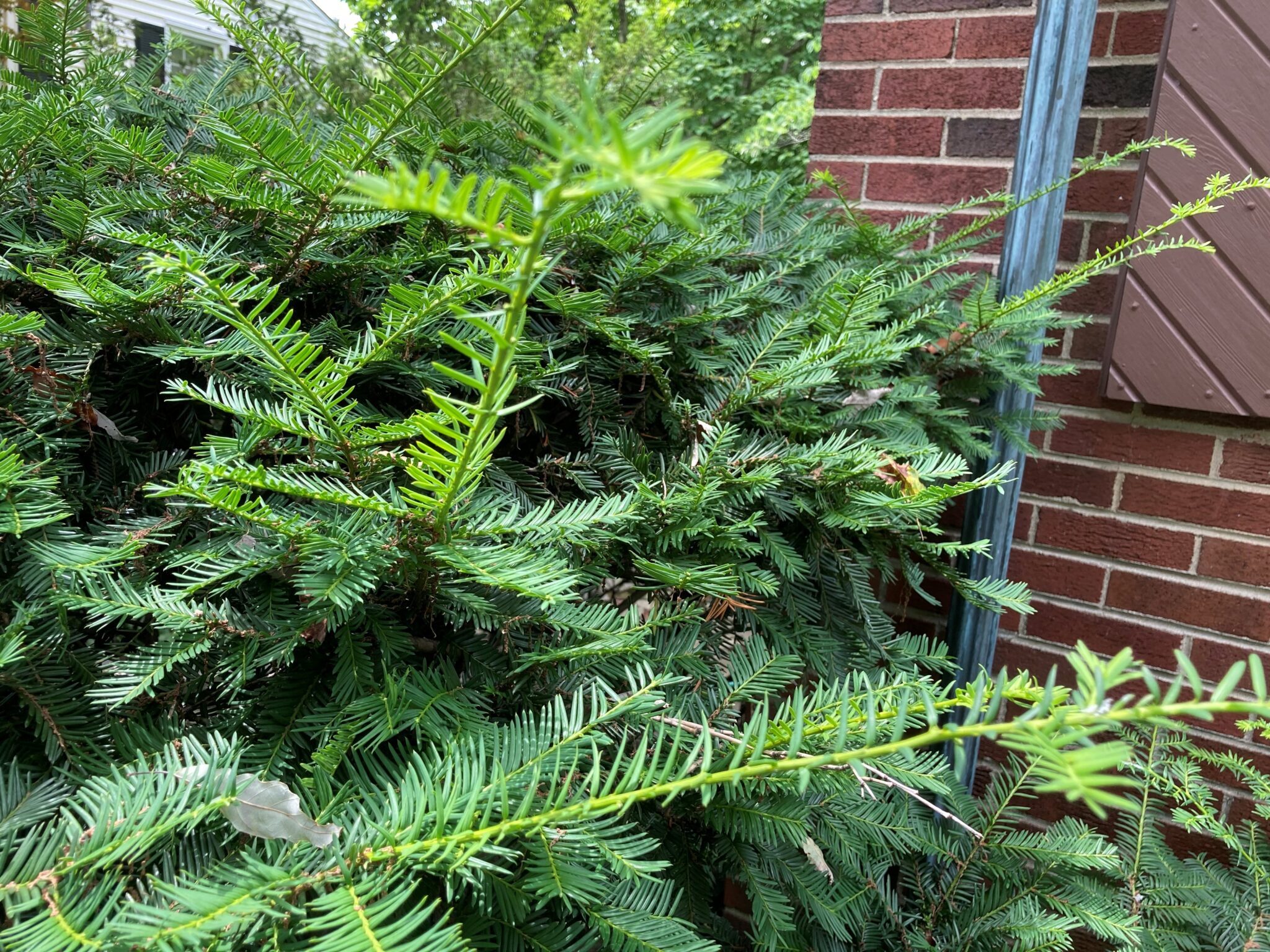
It is that time of year when the yew (pronounced like the letter “U”) is likely in need of a trim to look best as a landscaping plant. Yews have been used as a common landscaping shrub or small tree for decades.


It is that time of year when the yew (pronounced like the letter “U”) is likely in need of a trim to look best as a landscaping plant. Yews have been used as a common landscaping shrub or small tree for decades.
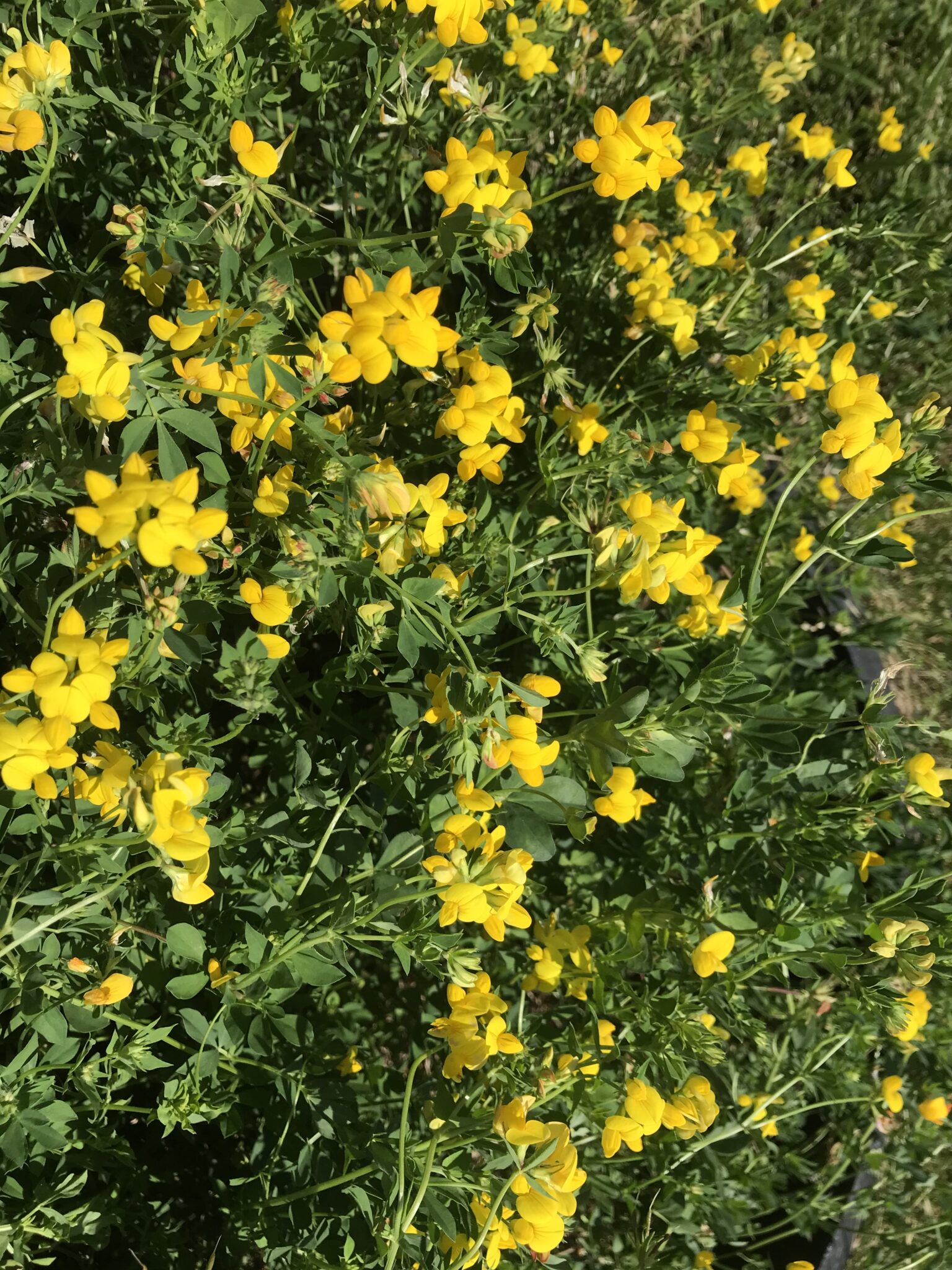
You don’t see birdsfoot trefoil in many Indiana pastures. This perennial legume is in full bloom now with obvious bright yellow-orange flowers.

Much hay has been made in Indiana the last two weeks and much forage remains to be harvested. It is important to package hay at the correct moisture content to avoid excessive heating of bales when in storage.
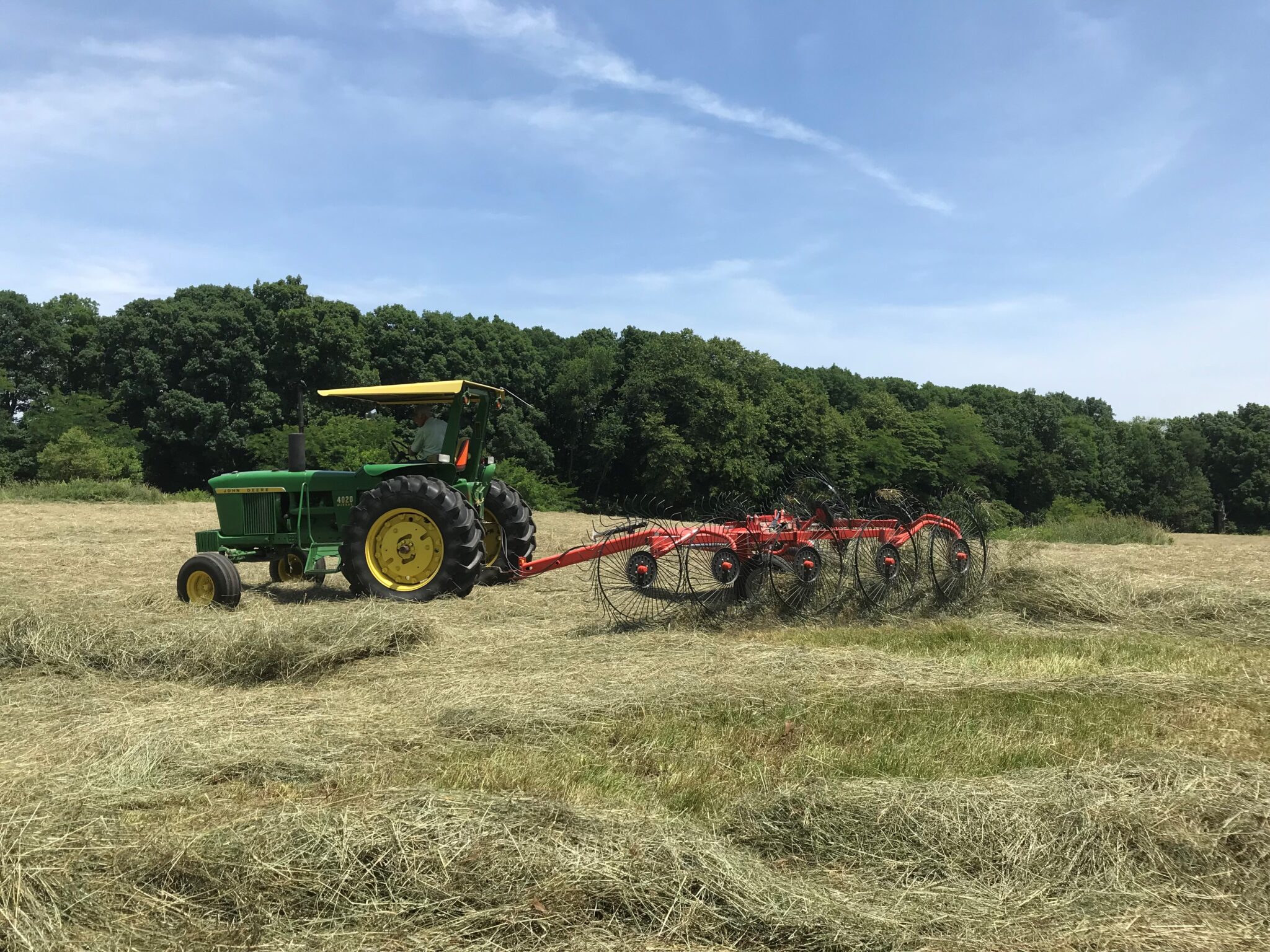
The number of hours from cutting to a safe baling moisture varies. Environmental conditions that exist when forages are cut and during the curing process influence the amount of hours that it takes to get to a safe baling moisture.

Much hay has been made in Indiana the last two weeks and much forage remains to be harvested. It is important to package hay at the correct moisture content to avoid excessive heating of bales when in storage.

To make excellent quality hay, the forage needs to be cut at the right growth stage and packaged into a bale at the right moisture content without incidence of rain damage. As forages mature, protein and digestibility concentrations decline. If the forage is harvested too late, dry matter intake by the consuming animal will be less because of high fiber concentration. Baling hay too wet can result in mold formation, reduced quality and the possibility of spontaneous combustion. When the hay is baled too dry, leaf loss occurs which results in less yield and quality. The link below is a video about timing the hay harvest. Timing of the Hay Harvest Making quality hay requires awareness of the maturity stage of the grass and legume, and weather conditions. Top forage-livestock producers make timing the hay harvest a management priority.
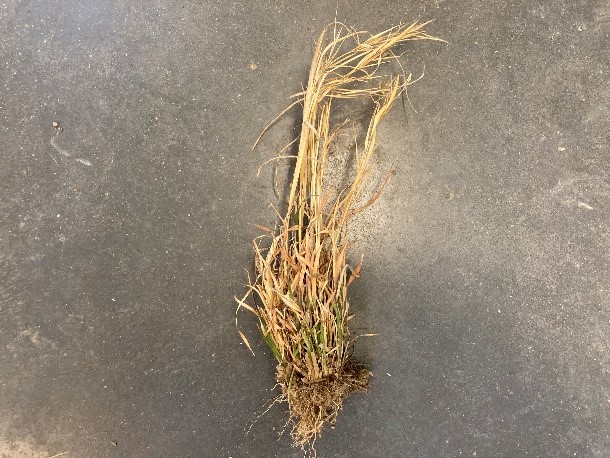
In the past two weeks, I had two inquiries about a grass that was invading a grass hayfield and pasture.
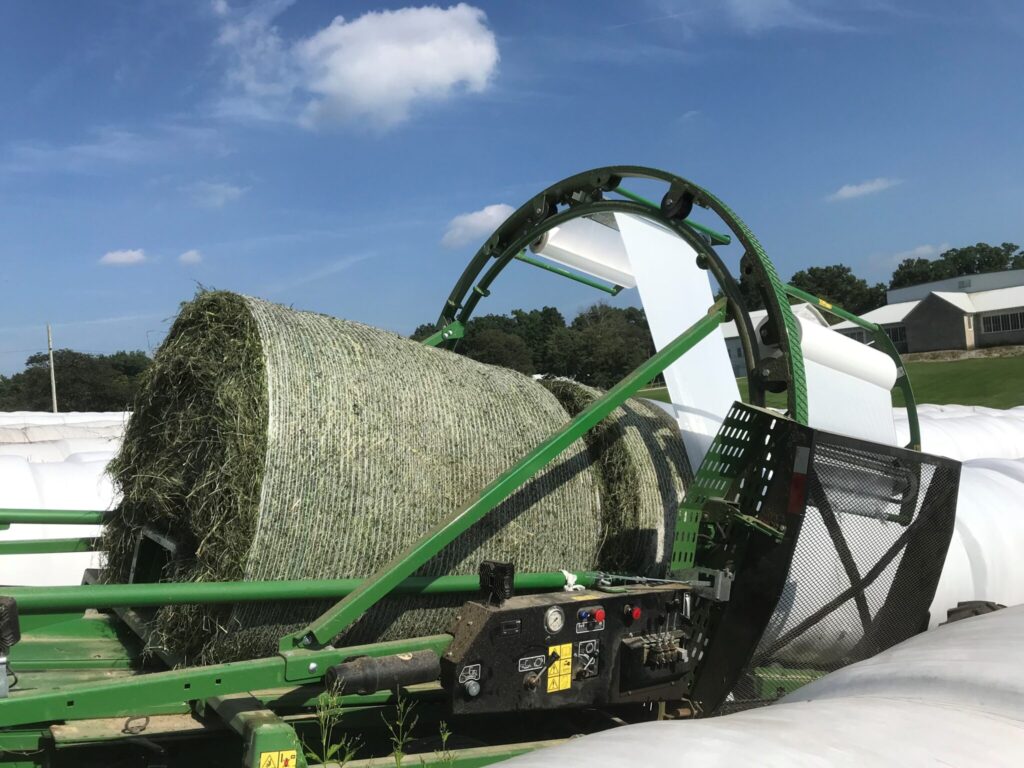
Taking large round and large rectangular bales and wrapping them with white plastic to make bale silage (baleage) has become a common practice.
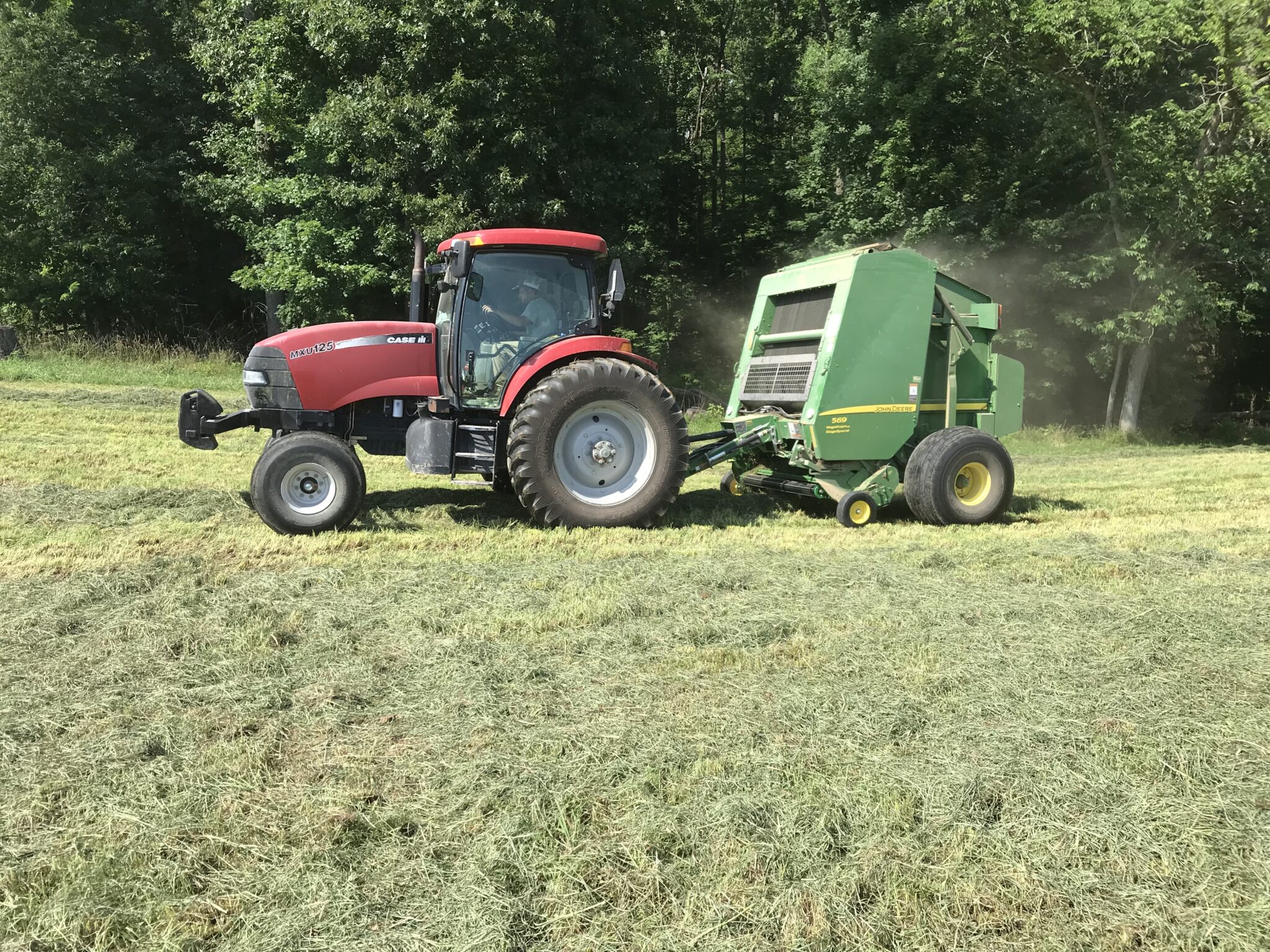
Managing forages for hay production requires much skill. Excellent hay producers understand that yield, quality and persistence are key for a perennial forage production system to be successful.
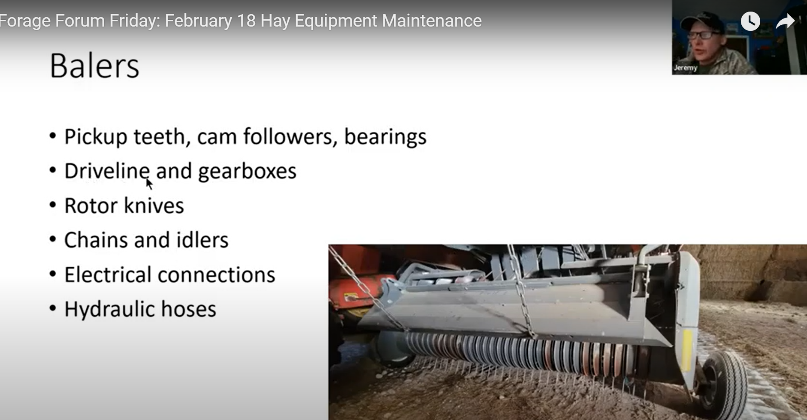
Are you prepared for hay harvest? It is hard to believe with the persistent cool spring temperatures, but cool-season grass and legume hay harvest will likely begin a month from now.
© 2025 Purdue University | An equal access/equal opportunity university | Copyright Complaints | Maintained by Pest&Crop newsletter
If you have trouble accessing this page because of a disability, please contact Pest&Crop newsletter at luck@purdue.edu.